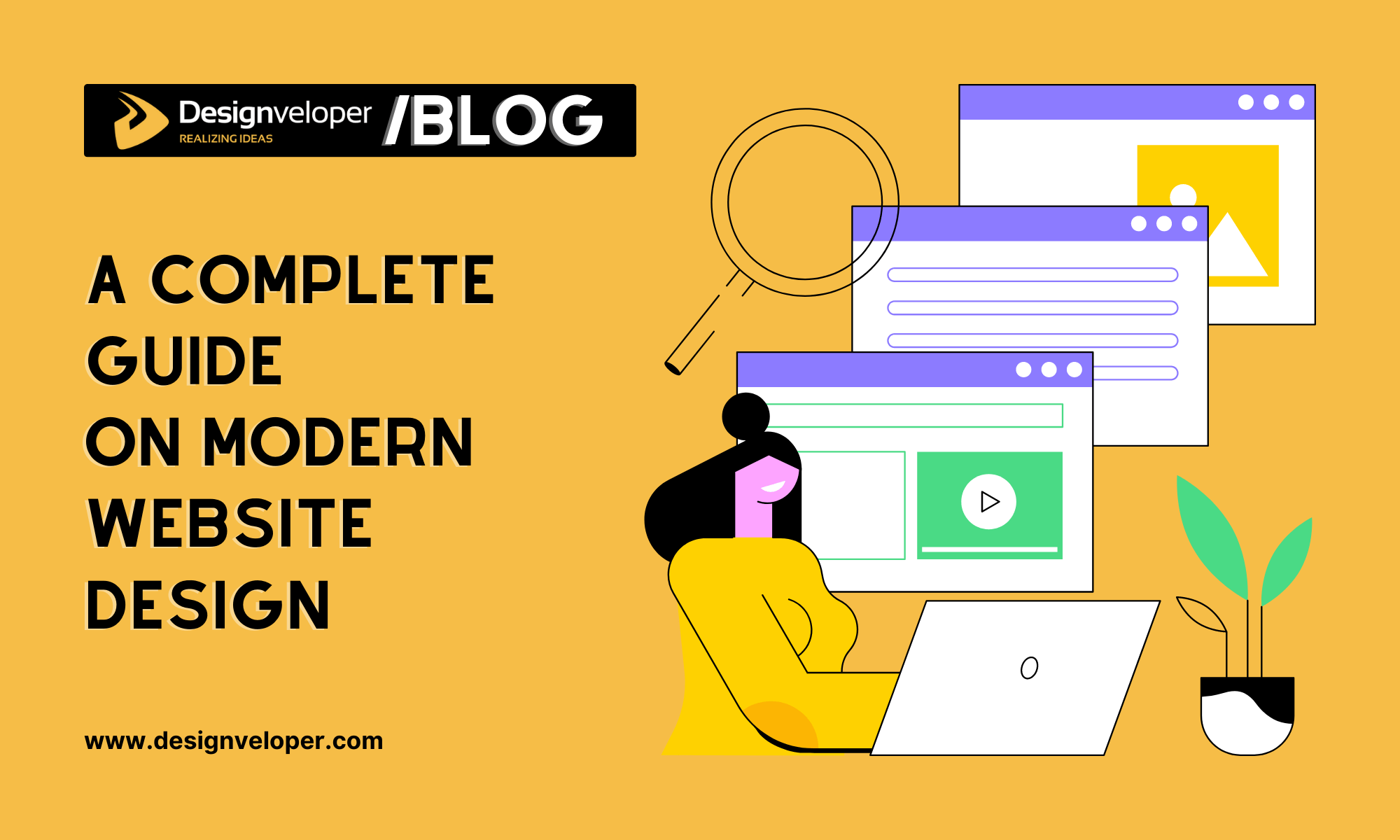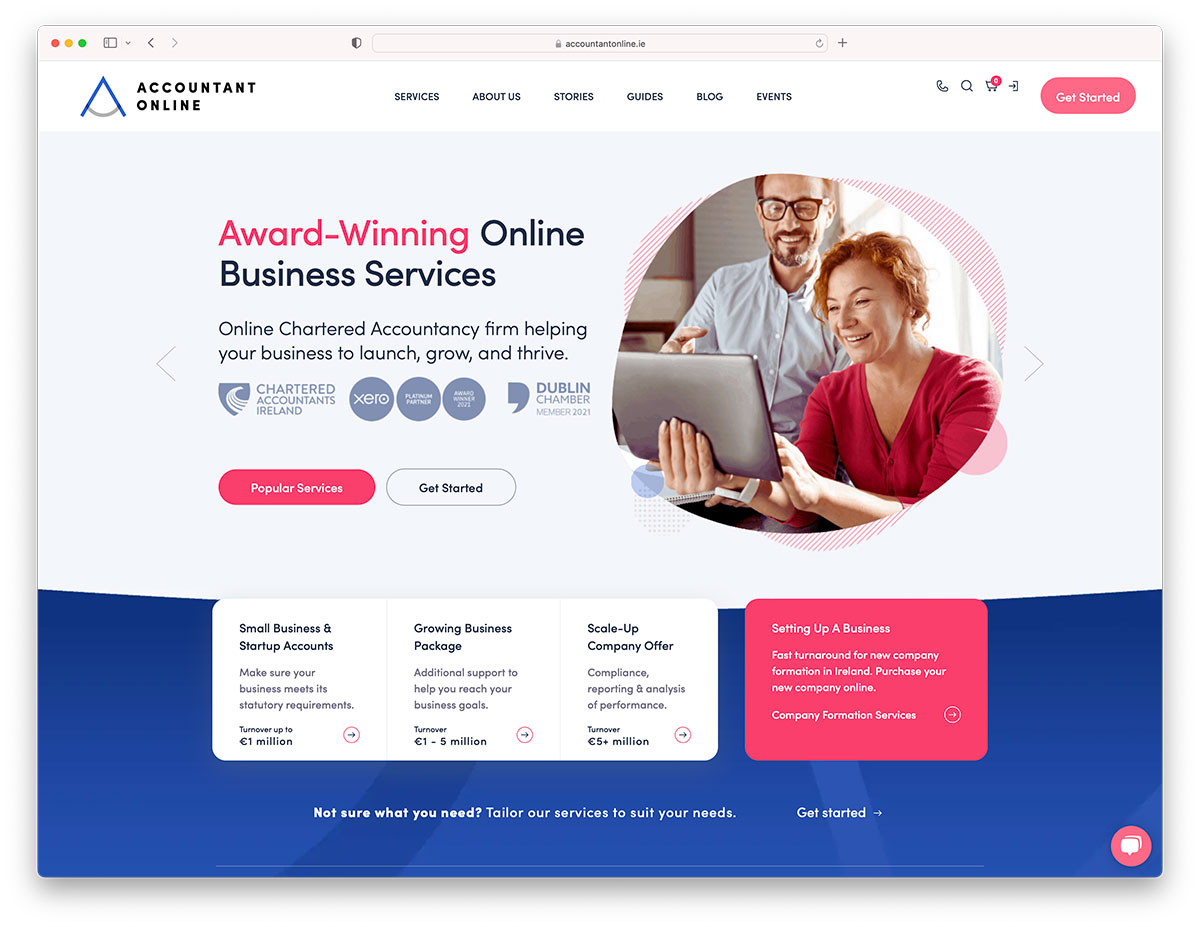Discover Professional Website Design in copyright for Your Next Project
Discover Professional Website Design in copyright for Your Next Project
Blog Article
Achieve Online Success With User-Friendly Site Design
In the progressively competitive electronic landscape, the style of a site can be a pivotal factor in establishing a service's success. User-friendly layout not just enhances the total individual experience but additionally influences vital metrics such as conversion, engagement, and retention rates. By prioritizing instinctive navigation and accessibility, companies can foster an extra inclusive setting that allures to a wider target market. Comprehending the details principles and functions that add to reliable layout needs a more detailed evaluation of current trends and ideal practices, which can disclose chances for considerable enhancement.
Significance of Individual Experience
Customer experience (UX) plays a crucial duty in the success of an internet site, as it directly influences customer satisfaction and engagement. A favorable UX makes sure that visitors can navigate the website effortlessly, access information promptly, and total preferred actions, such as buying or authorizing up for an e-newsletter, without disappointment.
In a digital landscape where competition is strong, a web site that prioritizes UX can considerably improve brand name loyalty and retention. Users are more probable to return to a website that offers a smooth experience, producing a cycle of repeat gos to and increased consumer lifetime worth. Effective UX style can reduce bounce rates, as customers are less inclined to leave a website that meets their requirements efficiently.
Additionally, search engines significantly consider individual experience variables when ranking sites. Components such as web page load speed, mobile-friendliness, and user-friendly navigating can affect a site's exposure in search outcomes. By focusing on UX, companies not only enhance consumer interactions yet also improve their on-line visibility and reliability. Therefore, spending in user experience is necessary for attaining long-term success in the electronic market.
Key Principles of User-Friendly Style
A successful straightforward style hinges on a number of key principles that boost usability and ease of access. Is simplicity; a clutter-free interface allows users to navigate easily, lowering cognitive tons. This principle stresses the relevance of clear and succinct material, permitting individuals to find info promptly without unnecessary diversions.
Consistency is another crucial part. Consistent use fonts, formats, and colors fosters experience and constructs trust. Individuals ought to feel comfortable as they explore various sections of the website, understanding that similar aspects symbolize relevant functionalities.
Efficient typography also plays a critical function in easy to use style. Readable typefaces, ideal sizes, and adequate spacing ensure that material is conveniently understandable across numerous tools. Incorporating user-friendly aesthetic hierarchies helps individuals determine vital info and activities at a glimpse.

Necessary Attributes for Navigating
Reliable navigating is important for any straightforward site, as it straight influences the overall customer experience. A well-structured navigating system allows individuals to find details quickly and successfully, decreasing irritation and increasing engagement.
One important feature is a clear and instinctive food selection that classifies content rationally - website design copyright. This menu must be quickly accessible from every page, frequently placed at the top or on the side of the web site. Additionally, integrating breadcrumb navigation helps users understand this article their place within the website power structure and makes it less complicated to backtrack
Look performance is one more crucial element, allowing customers to discover certain web content without filtering with numerous web pages. This feature ought to be prominently presented and receptive to variants in input.
Additionally, a mobile-responsive design makes sure that navigating continues to be seamless across tools. As mobile use remains to climb, food selections must adapt to various display sizes without jeopardizing capability.
Finally, aesthetic signs such as highlighting the energetic page and utilizing hover results can enhance customer communication. By incorporating these essential functions, web site designers can produce a navigational experience that is not just easy to use however additionally encourages exploration and retention.
Availability Factors To Consider
Access factors to consider are indispensable to producing a straightforward internet site that deals with all people, no matter their capacities or handicaps (website design copyright). sites Web sites have to be developed to guarantee that customers with aesthetic, acoustic, cognitive, or motor impairments can engage with material successfully. This starts with adherence to the Internet Material Availability Standards (WCAG), which supply a structure for making electronic material more obtainable
Secret practices consist of the use of descriptive different message for pictures, making certain shade contrast proportions satisfy availability standards, and supplying inscriptions for multimedia aspects. Furthermore, the navigating must be user-friendly, enabling customers to tab through links and interactive components conveniently. Carrying out keyboard navigating is important for those unable to use a mouse.
Moreover, clear and concise language enhances understanding for individuals with cognitive constraints. Forms should be simple, with tags and directions that are easy to understand. Normal availability testing, including individual feedback from people with disabilities, can assist enhance and recognize barriers functionality.
Determining Design Success

User responses surveys and use testing are vital in analyzing the efficiency of design elements. These approaches permit developers to collect direct input from individuals, determining discomfort factors and locations for improvement. Furthermore, tracking heatmaps can reveal where individuals click most often, aiding to notify format adjustments and material prioritization.
Google Analytics can track customer habits, revealing patterns that show whether the style is preventing the customer or facilitating journey. Eventually, a successful website layout not just meets organization goals however additionally promotes a pleasurable and smooth customer experience, driving engagement and loyalty over time.
Conclusion
Focusing on customer experience via simplicity, instinctive navigation, and effective comments mechanisms not only enhances customer interaction and complete satisfaction but also cultivates brand commitment. Including vital navigating features and availability considerations better makes certain that all customers can efficiently engage with the site.
Internet sites must be designed to make certain that customers with aesthetic, auditory, cognitive, or motor disabilities can involve with content successfully.Gauging style success entails examining how successfully a web site fulfills its designated goals while supplying a favorable user experience. Google Analytics can track customer actions, exposing patterns that show whether the style is assisting in or preventing the customer trip. Eventually, a successful site layout not just fulfills organization goals however likewise cultivates a enjoyable and seamless user experience, driving involvement and commitment over time. Focusing on user experience with simpleness, instinctive navigating, and effective responses mechanisms not just boosts individual interaction and fulfillment yet likewise cultivates brand name loyalty.
Report this page